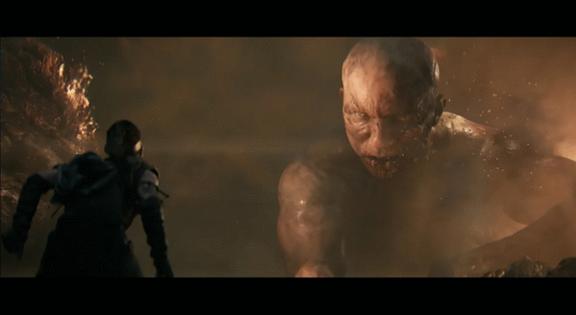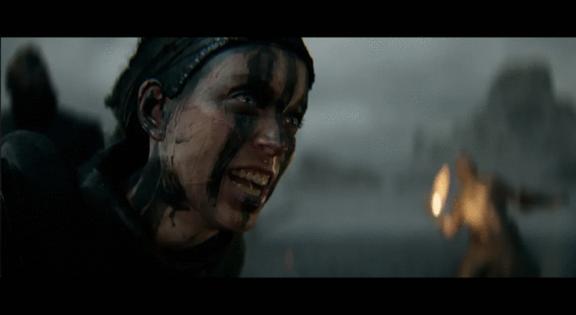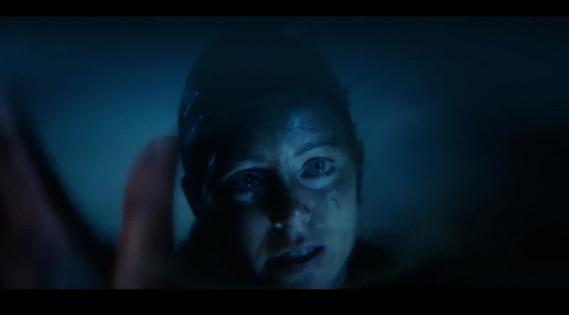Senua’s Saga: Hellblade II review: A harrowing journey into darkness
Published in Science & Technology News
It’s not easy to play Senua’s Saga: Hellblade II, the way it enshrouds you in its dense, oppressive atmosphere. It’s drenched in an anguish so deep you can barely fathom a way to escape it — and fueled by a rage so all-consuming you would hope never to feel it. It’s, in a word, traumatic, and intentionally so — one of the first things you see in Hellblade II is a warning screen describing how this game may be triggering for some players.
But while Hellblade II, developed by Ninja Theory and published by Xbox Game Studios (and available digital-only on Xbox Series X/S and PC), is relentlessly brutal, and moments of peace are few and far between, at its core, it’s a journey of coming to understand and accept one’s self amid all of life’s hardships — and it’s nothing short of breathtaking.
Once again inspired by Norse myth and Celtic culture, the sequel opens shortly after the events of 2017’s Hellblade: Senua’s Sacrifice. (If you haven’t played it, you’ll want to watch the included recap video before beginning the game proper.) In the first game, Senua (voiced and motioned-captured by Melina Juergens, who’s returned for the sequel) fought against the forces of Helheim to save the soul of her dead lover. This time around, she’s been willingly captured by those who have been enslaving her people, having promised that she would save them. The game’s opening sequence — capsized boats, vicious sword fights, broken bodies — captures the life-or-death situation Senua finds herself in as she tries to keep that promise.
But what anchors Hellblade II isn’t the literal monsters she must face (in fact, those sequences are generally a hindrance, but more on that in a minute). It’s Senua’s inner turmoil, how she handles both her overwhelming survivor’s guilt and lifelong psychosis, that makes Hellblade II worth experiencing.
A major reason the first game was such a remarkable experience is because of the care Ninja Theory put into portraying a protagonist who’s long grappled with mental illness. The developer took pains to work with mental health experts and individuals who’ve experienced psychosis to help players better understand the condition and how it affects those with it. In terms of gameplay, it involved voices — suffocating, conflicting voices — only she could hear. That disorienting feature returns in Hellblade II to masterful effect.
Speaking of audio, the game pulls off a fantastic feat of engineering with its use of binaural design. The game’s suggestion of using headphones is really a necessity: The way sounds (and those ever-present voices) shift between ears is immersive in a way visuals by themselves can’t replicate.
Not that the visuals are lacking. This game is one of the most gorgeous currently on modern consoles; it’s near photorealistic in its depiction of an unforgiving landscape and the people who live there.
The game isn’t perfect, though, and its main flaw is the same one as its predecessor: the combat. Despite what game trailers would lead you to believe, Hellblade II is mostly exploration and puzzle-solving. (The way the game shifts reality in some of these puzzles is absolutely ingenious.) And while you will get into cinematically impressive sword fights, the combat itself is so one-dimensional and repetitive that you wonder why it was even included at all.
Of note: Hellblade II is only about six hours and offers little replayability. While not every game needs to take 100-plus hours to complete ( looking at you, Final Fantasy VII Rebirth ), some gamers may blanch at paying $50 for a one-off experience.
In the end, Senua’s Saga: Hellblade II is a brutal blitz of grief and rage, told through gorgeous cinematics, world-class audio engineering and engaging environmental design. The combat leaves a lot to be desired, but the fights don’t really matter anyway. It’s about Senua keeping her promise and, more importantly, finding forgiveness along the way. It’s not a kind story, but it’s one worth experiencing all the same.
Senua’s Saga: Hellblade II ★★★ (out of four)
Developed by Ninja Theory, published by Xbox Game Studios; available on Xbox Series X/S and PC; rated M for Mature for intense violence, blood and gore, and strong language; $49.99.
©2024 The Seattle Times. Visit seattletimes.com. Distributed by Tribune Content Agency, LLC.












Comments